One of our favorite things about bird watching is the changes that come with the seasons. It’s forever exciting to see hummingbirds arriving back in the spring, and flocks of finches returning to backyard feeders in winter.
As seasons change, however, so does a bird’s diet. This is useful to know when feeding birds so that you can offer them the right foods at the right time. Some bird foods can even be dangerous to feed at the wrong time of year.
Here we’ll take a look at some of the most common seasonal bird feeding mistakes, and how to avoid them to encourage thriving flocks of backyard birds for years to come.
Right Food, Wrong Season

Like most animals, a wild bird’s diet changes according to the season. Late summer and autumn are a rich time for many birds to stock up on fruits and berries, but very few of these remain on the trees into the new year.
During winter, many birds turn their attention to nuts and seeds that are either still hanging on dead stems or among leaf litter on the ground. Some birds like woodpeckers and jays even hide a stash of nuts somewhere safe to eat later!
In the warmer months of spring and summer, insects provide a glut of food for many bird species, and caterpillars are the most popular type of food for nestlings.
While there are mixed opinions about the best practices for seasonal bird feeding, many people feel that the food offered at bird feeders should match or at least resemble a bird’s natural seasonal diet.
In winter, focus chiefly on feeding nuts and seeds. As spring and summer rolls around, offer up some mealworms. When autumn approaches, consider offering some fresh fruits like organic apple slices or grapes if you feel there’s a shortage in your local habitat.
Whole Peanuts in Spring
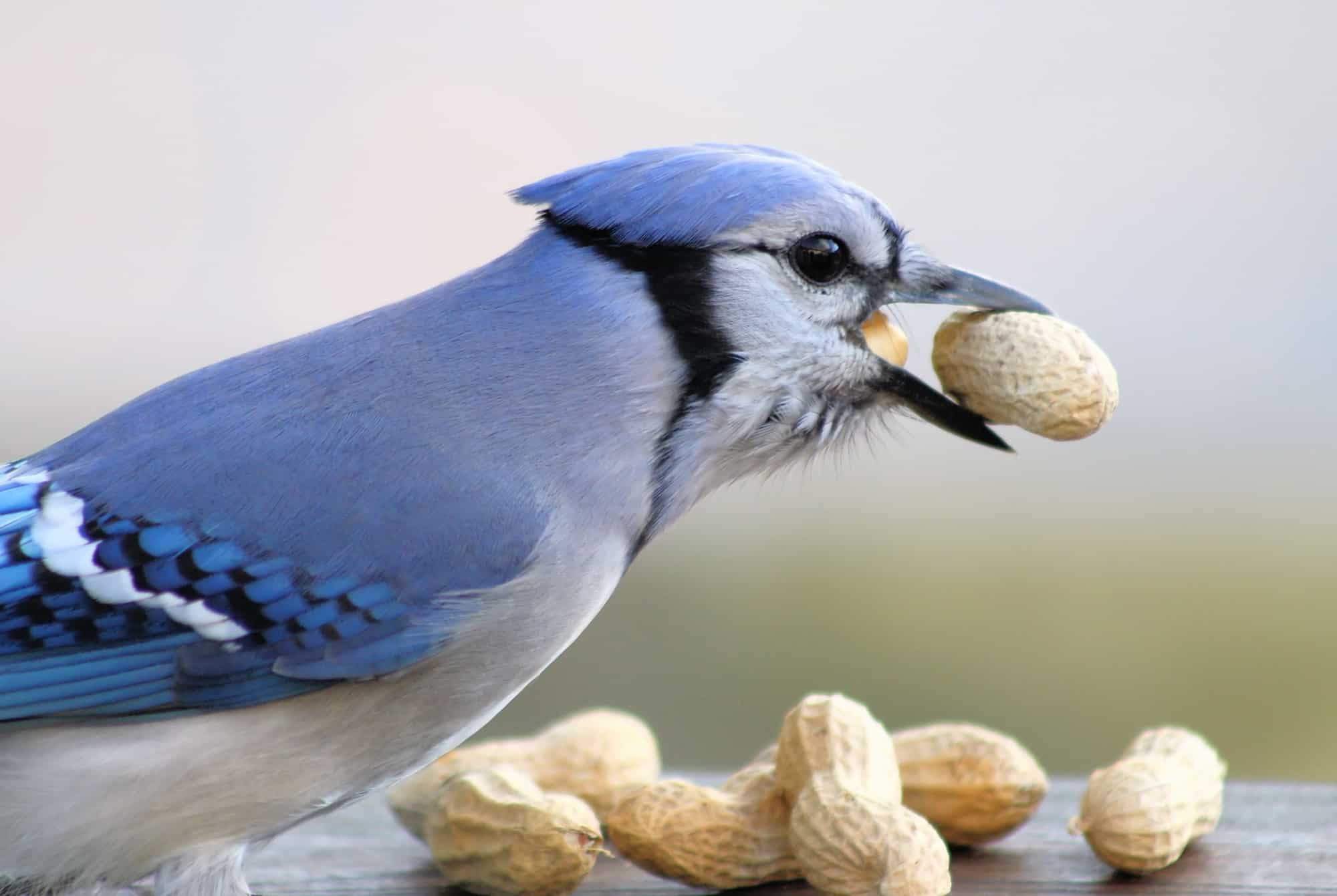
There’s a theory that the large size of whole peanuts could present a choking hazard to small birds. Although there’s still little scientific evidence to support this, there remains some debate about the best practices for peanut feeding.
Some birding enthusiasts are religious about only feeding peanuts in tight mesh feeders throughout the year which makes it impossible for wild birds to retrieve entire nuts. Other birders seem quite certain that songbirds should know what they’re doing and serve up whole peanuts in every season.
Until there is better evidence of the potential dangers of feeding birds whole peanuts, it remains difficult to take a solid stance. To be on the safe side, however, we would advise avoiding feeding whole peanuts during the spring when birds are feeding their young. The large nut offered to a tiny bill just seems too risky to be worth the gamble.
Remember that nuts, especially introduced nuts like peanuts, would rarely, if ever, feature on a baby bird’s spring menu. If you trust the wisdom of nature’s cycles and the primarily insectivorous diet that most baby birds grow up with, skipping nuts altogether in spring might be something to consider.
Soft Suet in Summer

Suet is one of the most popular backyard bird food items, but while it’s a rich source of calories, it’s not without its problems.
Firstly, suet is usually the fat of large mammals like sheep and cattle that many wild birds would never eat in the wild. Secondly, when soft, suet can coat bird feathers and cause grave problems for bird insulation and egg incubation.
Because of this, soft, raw suet should only be fed when temperatures are close to, or below freezing. Processed ‘no-melt’ suet remains harder at higher temperatures, but there are varying qualities and it can still get dangerously soft on warmer days.
To avoid this potentially fatal problem, we’d advise only feeding raw suet in very cold weather. The suet will be solid, and the birds will be hungry for a rich source of fat. If you want to try no-melt suet, just be sure to check that it’s not becoming soft in the hottest part of each day.
Disposing of Seed Heads in Autumn
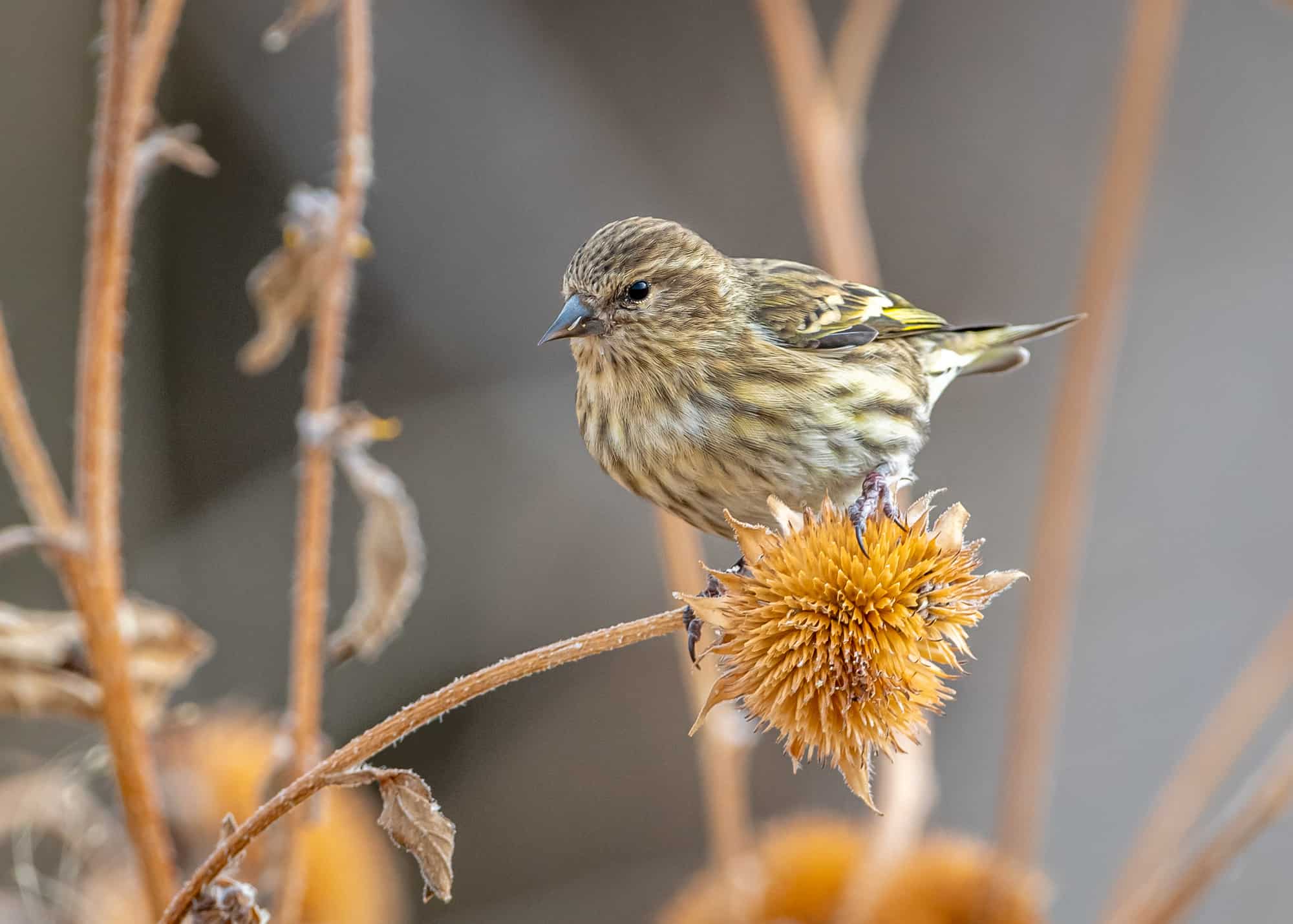
Sometimes, we’re so focused on what we’re offering birds at our feeders that we forget about all the other nutritious morsels that abound in the rest of the garden.
One of the best ways to attract wild birds to your backyard is to keep a garden that grows plenty of food for them. Nut trees and berry bushes are well-known food sources for local birds, but some people forget that ornamental plants and weeds also produce abundant food for birds in the form of seeds.
One of the greatest mistakes that deprive wild birds of seeds is cutting away these seed heads in the fall. Not only are seed heads a treasure trove for hungry birds, but native plant species also produce the types of seeds that local birds have evolved to eat over thousands of years – and are therefore likely to provide superior nutrition.
While dead stems and seed heads can look rather scruffy to the conventional gardener, you can buck this trend and proudly leave them standing in the name of wild bird conservation.
Dead stems have a beauty of their own when frost and snow cover them, and your neighbors may well begin to follow suit when they see the flocks of finches and cardinals descending on your garden to gorge themselves on the feast!
Putting Feeders Away in Winter
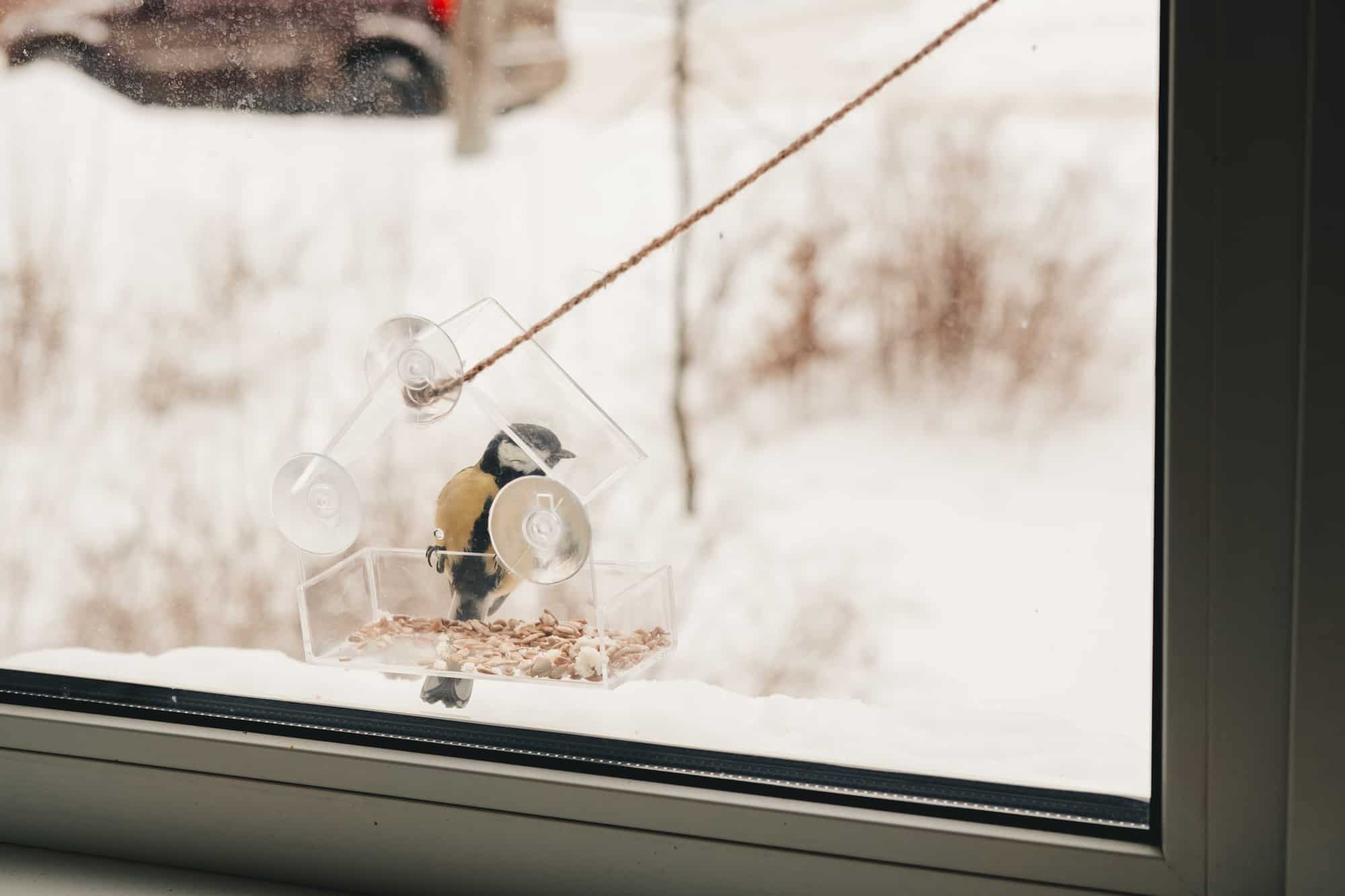
If you live in a colder region of the United States or Canada, you’ll notice the skies going very quiet during the winter months. But just because few bird species can survive the freezing temperatures, it doesn’t mean you should stop feeding them!
On the contrary, winter can be the most important time to feed the birds that remain for the colder months. Two types of birds that you’ll likely see in winter regardless of how far north you live, are woodpeckers and finches, and they’re both keen visitors to feeders.
Food sources are scarce during deep winter, and the birds that remain need a lot of calories to survive. Feeding rich, oily foods such as black oil sunflower seeds, nyjer seeds, and peanuts is the ideal way to offer these species the nutrition they need to live through these extremely testing times.
If you do decide to feed birds during winter, however, just make sure that you’re consistent…
Inconsistent Feeding
Once you start feeding birds in winter, it’s a good idea to continue. Because birds are creatures of habit, they’ll come back to the same feeding grounds again and again expecting food. If there’s none there, they may hang around instead of looking for food elsewhere, wasting their precious time and energy.
This can be especially problematic during the winter months when they need constant food just to maintain their body fat and stay warm enough to survive. Especially if there is deep snow, they may struggle to find food elsewhere.
While keeping your feeders topped up requires some organization and discipline, the teems of contented birds busily feeding outside your window will surely make the effort worthwhile.
Using Up Last Year’s Bird Food

Some birders prefer to only feed seed during the colder months, and that’s perfectly okay. The only problem comes when the food degrades in the intervening months. When winter rolls around again, should you use up the old seed or discard it?
This is a crucial question because old bird seeds and nuts can become dangerously toxic for wild birds, especially if molds and fungi are allowed to develop. In the worst case, fungi that produce aflatoxin can develop, a deadly compound that can kill birds even in small doses.
The secret to avoiding poisoning wild birds is to only buy the freshest seed and keep it in a cool, dry, air-tight container. Good quality nuts and seeds should last between 6-12 months, but only when stored correctly.
If seeds begin to smell bad or appear moldy, be sure to throw them away rather than risk poisoning your birds.
Leaving Out Feeders in the Sun in Summer
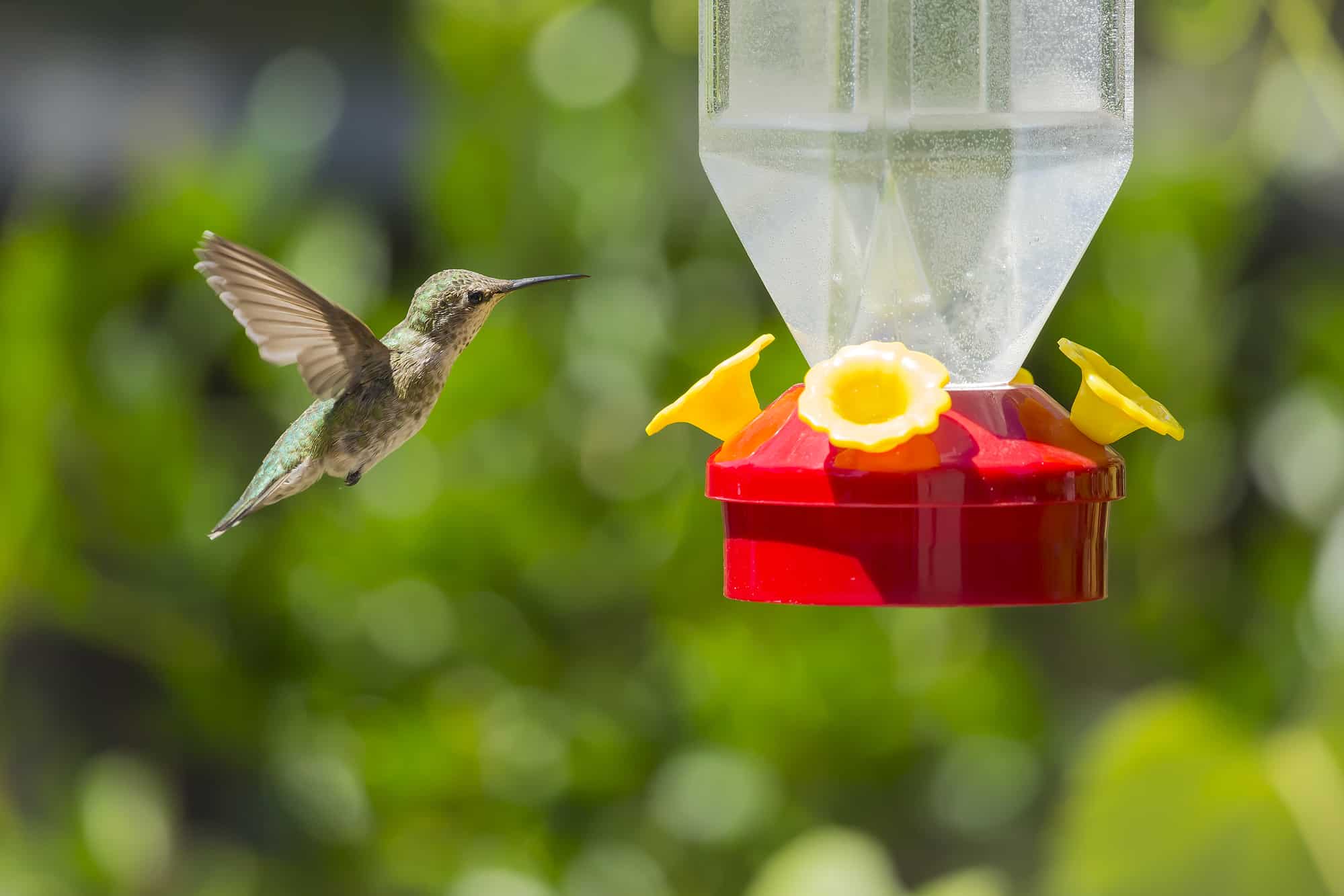
As the sun becomes more powerful and temperatures increase towards summer, you may find birds avoiding your feeders during the hottest parts of the day. In these conditions, the birds are likely seeking cool, shady places to forage for their food instead.
If you’d like to continue feeding them during this time, hang the feeders up in shady areas instead. That way the birds can eat without getting baked alive, and you can enjoy more activity at your feeders again.
Keeping your bird food away from extreme heat also helps to preserve it and prevent it from going rancid. By acting like a miniature greenhouse, transparent tube feeders can be especially prone to this.
If you think your seed has already gone rancid, be sure to throw it away before starting again in the shade.
Feeders Too Close to Birdhouses in Spring
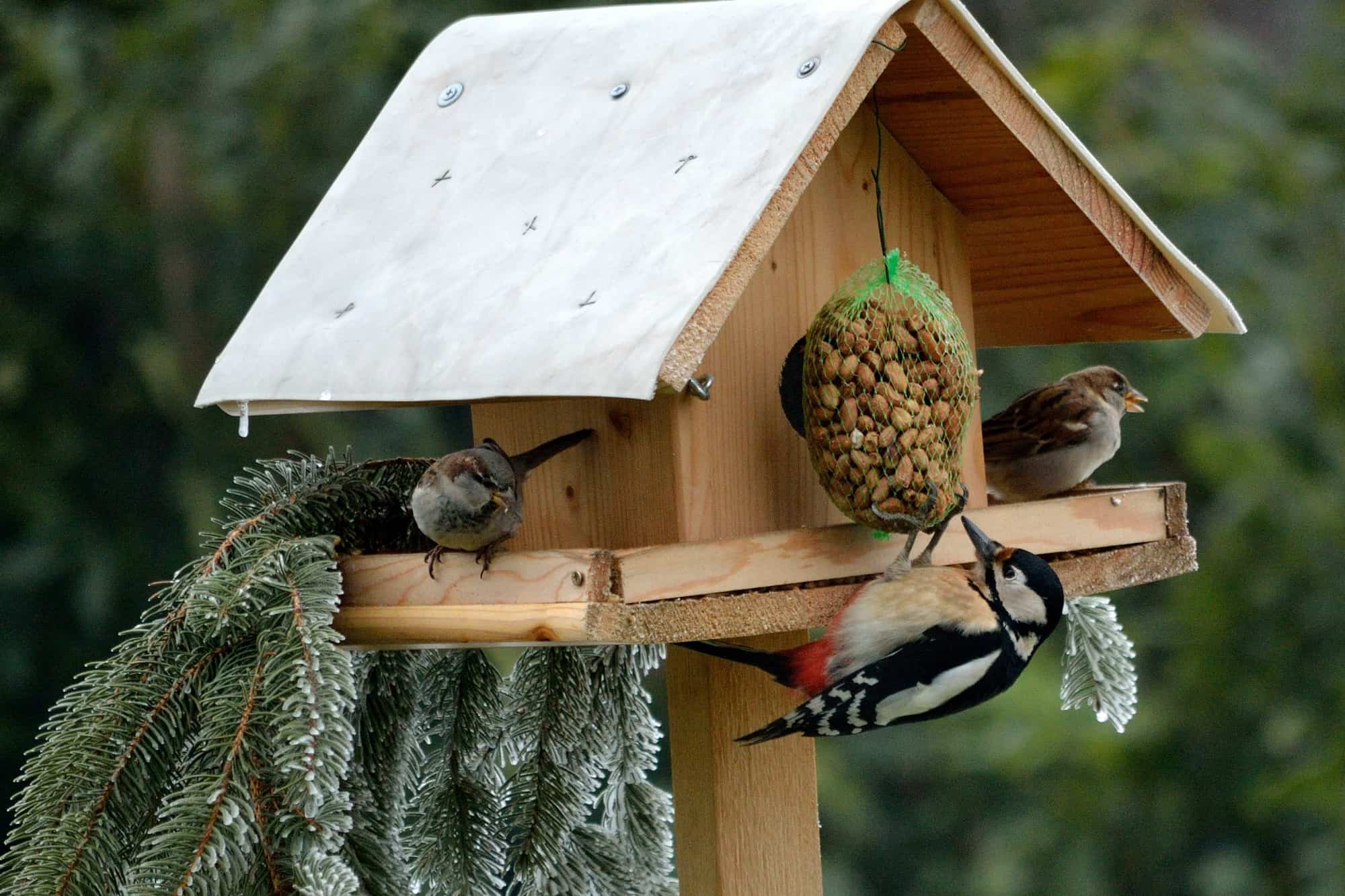
While some backyard birders may imagine that the ideal place to site a nestbox is right next to a feeder, this isn’t the case!
Because the vast majority of birds prefer space and privacy to build their nests and raise their young, the busy runway of birds coming and going from feeders could actually put most species off from nesting nearby.
To be on the safe side, always place your birdhouses at least 15 feet from your feeders to prevent the residence from being disturbed.
